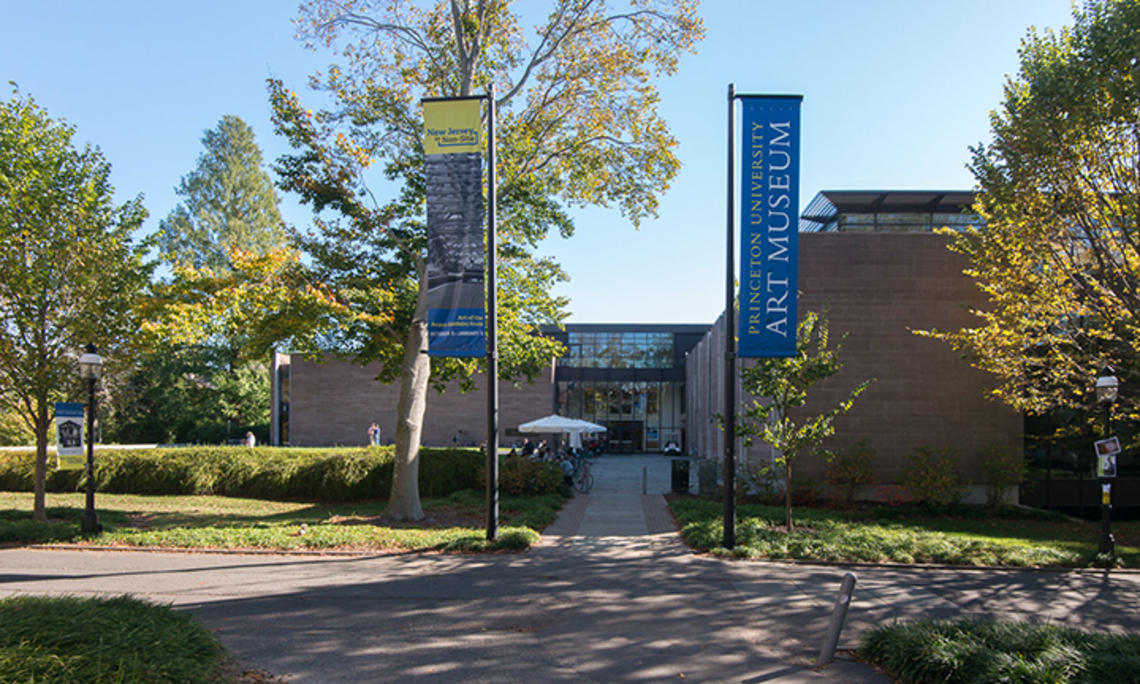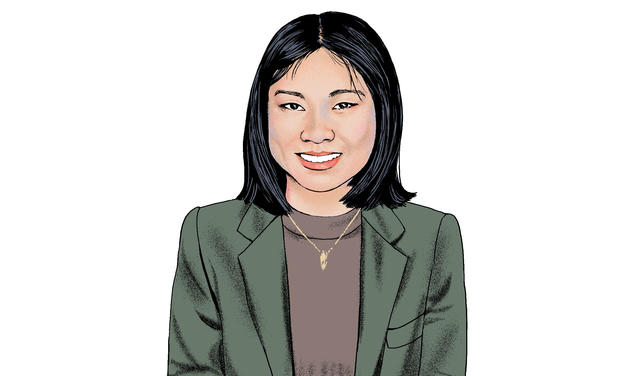Princeton Art Museum Records Show More Almagià Artifacts in Collection
Edoardo Almagià ’73 has been accused of trafficking looted antiquities for decades

Editor’s note: This story has been updated to include a statement from the University and clarify how the art museum has added records to its public provenance listing.
Provenance records published by the Princeton University Art Museum (PUAM) since August included connections between several objects in its collection and art dealer and suspected looter Edoardo Almagià ’73.
The Daily Princetonian reported Jan. 24 that PUAM had published information about 16 objects with links to Almagià. In September, PAW reported that four Almagià items remained in Princeton’s collection. A search of the museum website this week returned a total of 21 items that include Almagià’s name in the provenance listing or credit line.
In a statement to PAW, University spokesman Michael Hotchkiss said that the information “is being drawn from existing Princeton University Art Museum object records” and the museum “is ensuring that the provenance information that exists in the museum’s files and records is examined and made publicly accessible.”
“As part of an ongoing collections-wide provenance effort, the museum regularly adds collecting histories to its searchable online records,” Hotchkiss said. “Since August 2023, the museum has published an additional 14,000 records. As a result, 19,000 objects now have publicly available provenance records on the museum’s website, and that number will continue to rise.”
Almagià, who has been accused of trafficking looted antiquities for decades, has been the subject of an investigation by the Manhattan district attorney’s office, which has been working with the Italian government. More than 200 items, valued at $7 million, that are suspected to have been trafficked by Almagià have been repatriated.
In 2011, the University returned six Almagià items to Italy, and in 2023, the Manhattan district attorney’s office seized an additional six pieces from the PUAM collection on loan from Almagià.
Assistant District Attorney Matthew Bogdanos, who heads the Antiquities Trafficking Unit, did not respond to an inquiry requesting an update on the investigation.
The PUAM pieces listed online with connections to Almagià were either purchased from him, given by him to the museum, or purchased from him at some point prior to being acquired as gifts from other donors. They were acquired between 1987 and 2001, according to information on the museum website.
Industry experts PAW spoke with last year criticized the museum’s lack of transparency and said PUAM should have reviewed items with Almagià ties after inquiries from law enforcement.
According to a 1909 Italian law, antiquities are the cultural property of the state, meaning items that are illegally excavated or exported without documentation are stolen goods. In 1983, the United States signed a UNESCO Convention that declared state parties should take measures to prevent acquisitions of illegal exports.
In a previous interview with PAW, Almagià said he purchased most items at open markets in the 1980s and didn’t ask about their provenance — and PUAM didn’t ask him about the objects’ background either.
“What is absolutely a sickness is that you start applying things that have come up today to a market of 20, 30, 40 years ago,” Almagià said.










0 Responses